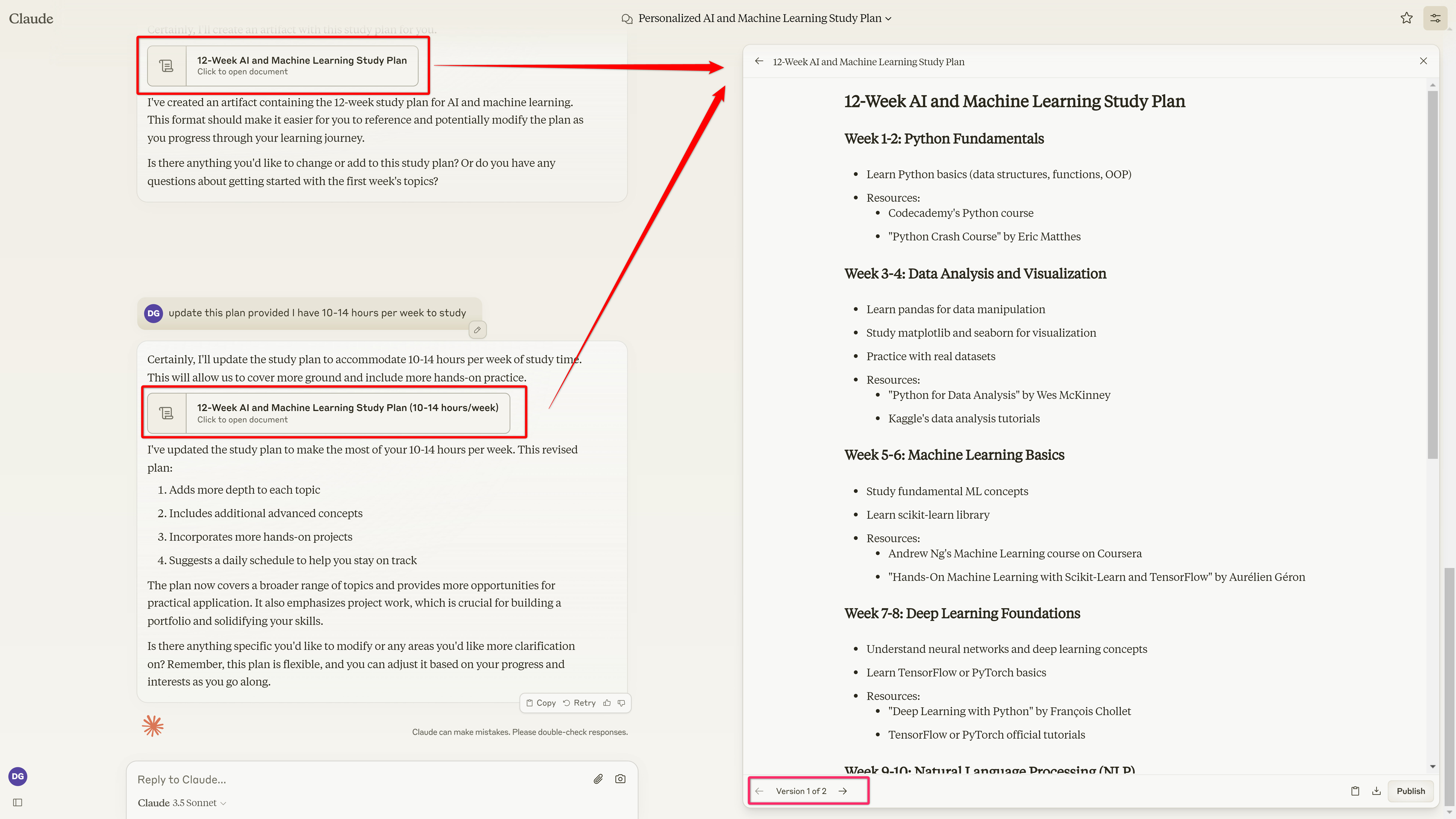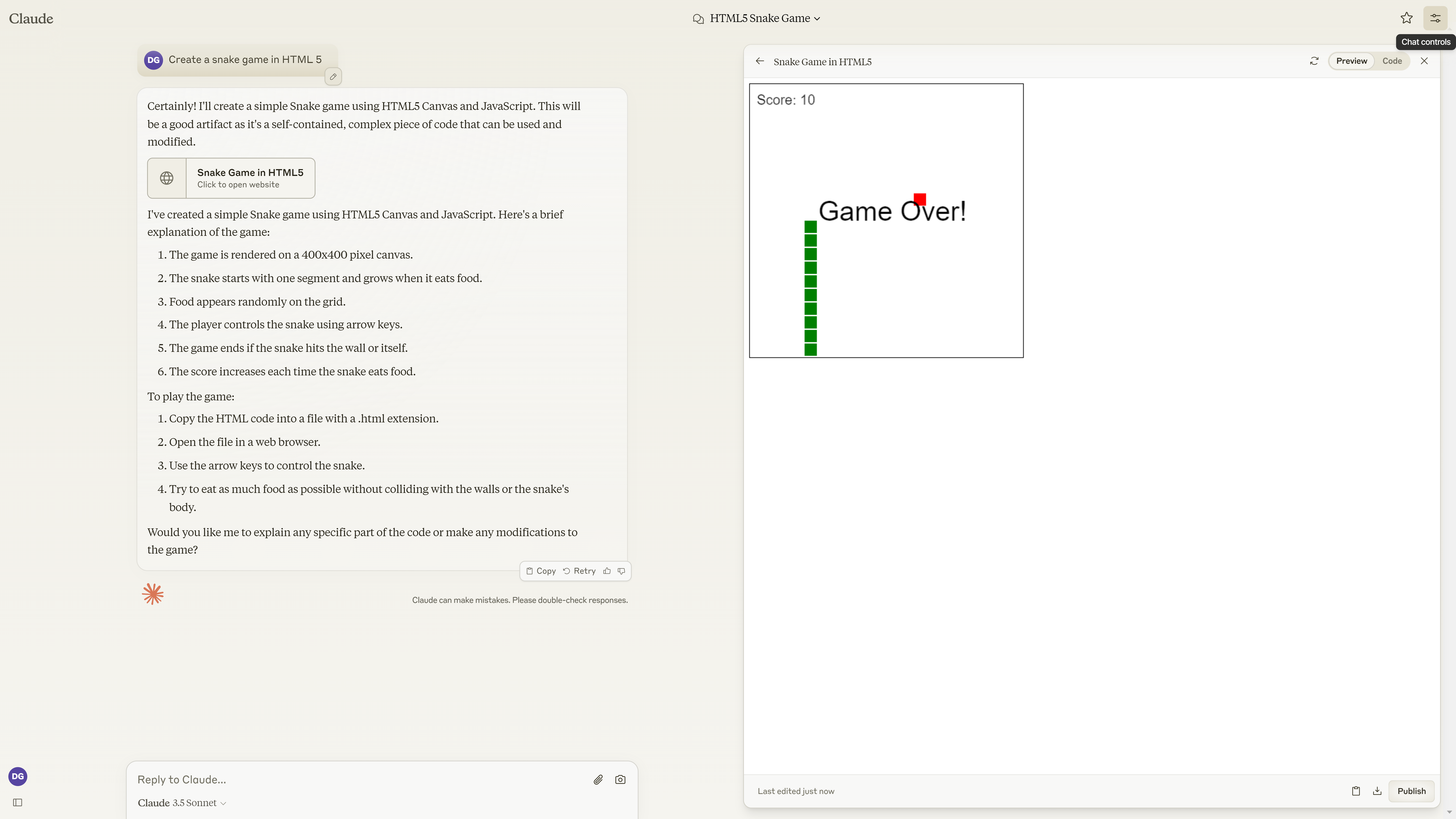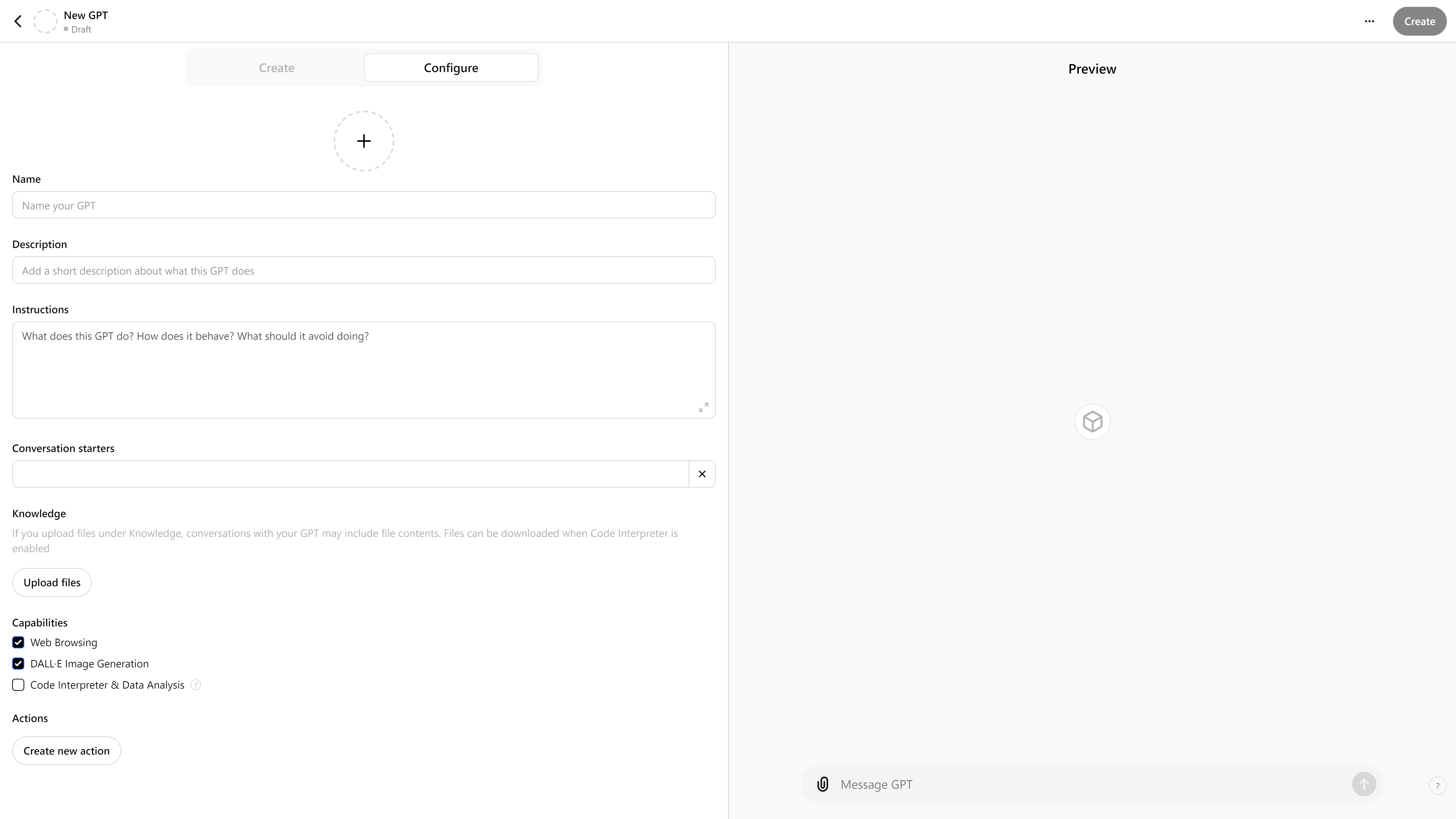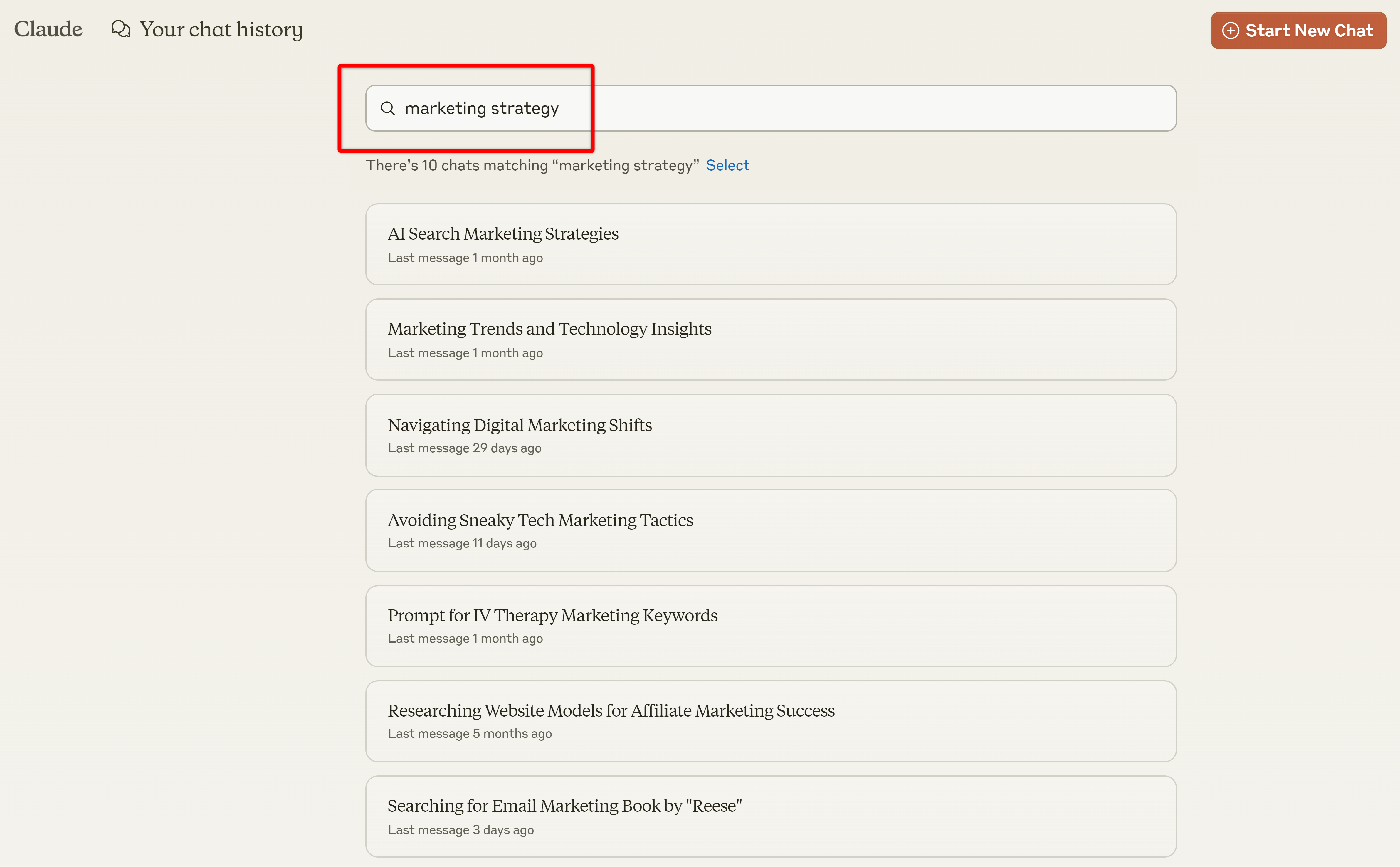Tech News
I'm Ditching ChatGPT for Claude.AIHere's Why
Key Takeaways
I've been a ChatGPT Plus subscriber since day one, but lately, I've found myself gravitating towards Claude. Don't get me wrong, ChatGPT is still an impressive tool. However, for my workflow, Claude has become the clear winner. Here's why I'm making the switch and why you might want to as well.
What Makes Claude Better Than ChatGPT
ChatGPT is the jack-of-all-trades of AI chatbots. It can process and generate text, browse the internet, create images, engage in voice chat, and much more. While its diverse feature set makes it one of the most popular options, it’s not the best AI model for all these workloads. Here are five areas where I think Claude outperforms ChatGPT, making it my current favorite AI chatbot.
Claude 3.5 Sonnet Is Better Than GPT-4o
At its core, both Claude and ChatGPT give you access to a conversational AI chatbot boasting state-of-the-art language processing capabilities. Claude uses Claude 3.5 Sonnet while ChatGPT uses GPT-4o, and Claude’s model is just better.
At the time of writing, OpenAI dropped two advanced models, o1-preview and o1-mini. From my initial impressions, both models are superior to Claude 3.5 Sonnet when it comes to reasoning workloads. However, creativity-wise, there isn't much difference.
Also, the "o1" models have a cap of 30-50 messages per week—yes, per week! This means you'll mostly be using GPT-4o for the majority of your day-to-day workload.
I find Claude significantly better at creative workloads. The output feels a lot more human than what you get with ChatGPT. As a writer-slash-marketer, I mostly use AI tools for brainstorming and content repurposing (turning my blog posts into tweets or short-form content), and Claude delivers more nuanced and imaginative results.
For open-ended tasks and content creation, Claude 3.5 Sonnet truly shines. It has a knack for understanding context and producing more coherent, well-structured responses. This is particularly useful when I am not in the mood for writing a large prompt and just want the AI model to quickly generate something useful.
For reference, I asked both Claude and ChatGPT to generate five social media post captions to promote a service. Here are the results I got:
PROMPT:Develop a series of five social media post captions in 280 characters or fewer to promote a brand selling IV Drip Therapy for quick and easy vitamin delivery. Craft compelling copy that will engage the audience and incorporate relevant hashtags.
Claude Has a Larger Context Length than ChatGPT
One of Claude's biggest advantages is its massive context window—the amount of text an AI model can consider at once when generating a response. We're talking about 200,000 tokens (roughly 150,000 words) compared to ChatGPT's 128,000 (roughly 96,000 words).
With Claude, I can upload and analyze more files compared to ChatGPT, not to mention much larger files. This is a game-changer for research and content analysis. I've dumped entire research papers and lengthy reports onto Claude, and it doesn't even break a sweat. The AI combs through the text, pulling out key insights and answering my questions with remarkable accuracy.
Moreover, I’ve also found Claude better at retrieving information from uploaded content. For demonstration, I uploaded a file containing 40 of my own articles and prompted it to: “Find an exhaustive list of personal opinions I have about AI. Create a bulleted list stating my opinion along with which article had that opinion.”
As you can see, Claude gave a much more thorough answer compared to ChatGPT’s more surface-level analysis.
Claude Artifacts Make the Chats Cleaner and More Interactive
Artifacts are one of Claude’s unique and powerful features. If enabled, Claude will create a dedicated window on the right of the chat interface to organize and review information.
In its simplest form, Artifacts can hold text-based generations, e.g., a study plan, to keep the main chat interface clean. If you ask Claude to make tweaks or changes to the study plan, the Artifact will update itself. You can easily check all the different versions of the study plan by browsing through the Artifact—no need to scroll up and down through your chat.
However, that’s just the tip of the iceberg! If you ask Claude to generate code or basic projects, it’ll do that in an Artifact as well, which you can preview in real time. For example, here’s me creating a Snake game using Claude and playing it in an Artifact.
As you can see, this completely transforms Claude from a basic conversational AI chatbot to a powerful workspace where you can experiment and iterate on different concepts and ideas. Oh, and you can also share artifacts you create with people on the internet with a link like this one:
https://claude.site/artifacts/6309e70e-0212-4ca1-9209-09c4a2a99562
Claude Projects Is More Intuitive Than Custom GPTs
ChatGPT users might be aware of custom GPTs—a feature that allows you to build a custom GPT bot that you can train on your personal data and prompt it to reply in a specific manner. Claude offers a similar functionality called Projects.
Custom GPTs do have a few advantages over Claude Projects. First and foremost, you can share custom GPTs with anyone on the internet. You can also customize the GPTs with a unique "profile image".
On the other hand, Claude Projects are for your own personal use and don't offer any cosmetic controls. However, it’s much more intuitive and easier to use. What’s more, Claude's large context window, combined with system prompts, allows for more complex and nuanced project setups.
Also, while working with a Project, if you like one of its generations, you can add it to the Project’s core knowledge base. This allows you to proactively improve your Projects as you use them.
The ability to search through your previous chats might not seem like much, but it’s probably the most useful feature that you get with Claude. One of my biggest frustrations with ChatGPT is the inability to search through past conversations. If you ever had to find particular information from a week-old conversation with ChatGPT, you know exactly how frustrating it can get.
Sometimes, finding a chat is so difficult that you end up just trying to recreate that conversation, hoping the AI chatbot will generate a similar response. Claude solves this problem with a built-in search feature and time-stamped chat history. While it's not perfect—it lacks full contextual search capabilities—it's still useful and does help me find old chats.
I no longer waste time scrolling endlessly, trying to find that one brilliant idea I had last week. With Claude, I can simply search for keywords and jump right to the relevant chat.
When ChatGPT Is Better Depends on Your Needs
Now, I'm not here to bash ChatGPT. It's still a powerful tool, and depending on your specific needs, it might be the better choice.
At the time of writing, OpenAI dropped the o1-preview and o1-mini models. Both are excellent if you want an AI tool that excels at reasoning-based workloads. In my limited time testing the models, I found them excellent at solving logic puzzles and word games, specifically New York Times Connections.
Then you have Custom Instructions and Memories, which are undeniably powerful, especially for tasks like journaling or building a personal digital assistant. Now, I am able to use Claude Projects and its ability to update itself to emulate these features to an extent, but it’s not perfect. Overall, if you want your AI chatbot to be on top of everything you’re doing and give you the most relevant personalized responses, then ChatGPT, with its memory feature, offers a better solution.
Also, if you want to voice chat with your AI chatbot, then ChatGPT is the better option since Claude lacks this functionality. The same goes for image generation! ChatGPT comes with DALL-E integration, which allows you to create images right in the chat. Whereas, Claude can't generate images. Furthermore, ChatGPT also comes with internet browsing capabilities baked in, which is again missing with Claude.
As such, if these features are more important to you than the larger context window and more organized chat interfaces (i.e., artifacts), then ChatGPT does make more sense. However, I don’t voice chat with my AI, so it’s not a big deal. Also, ChatGPT’s image generation and web browsing capabilities are sub-par compared to dedicated tools like Midjourney and Perplexity. Since I have an active subscription to both those tools, I don't really use those ChatGPT features.
When you subscribe to the blog, we will send you an e-mail when there are new updates on the site so you wouldn't miss them.








Comments